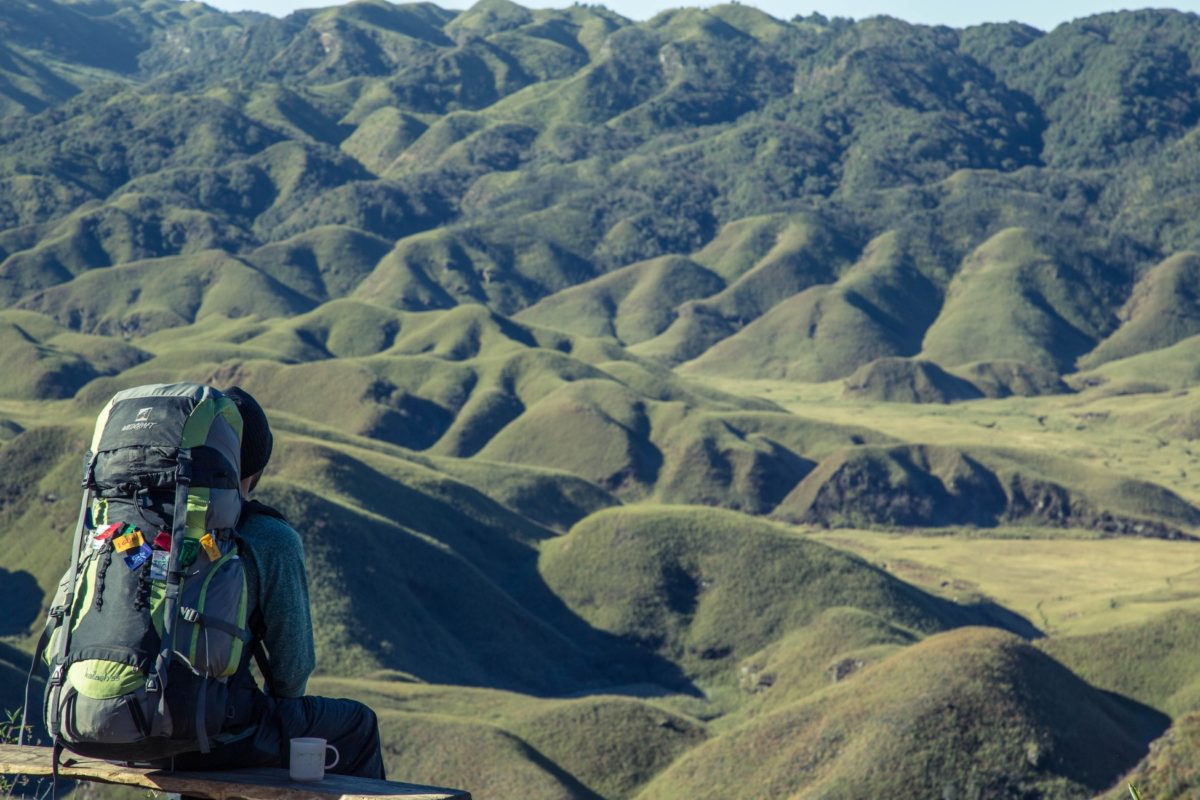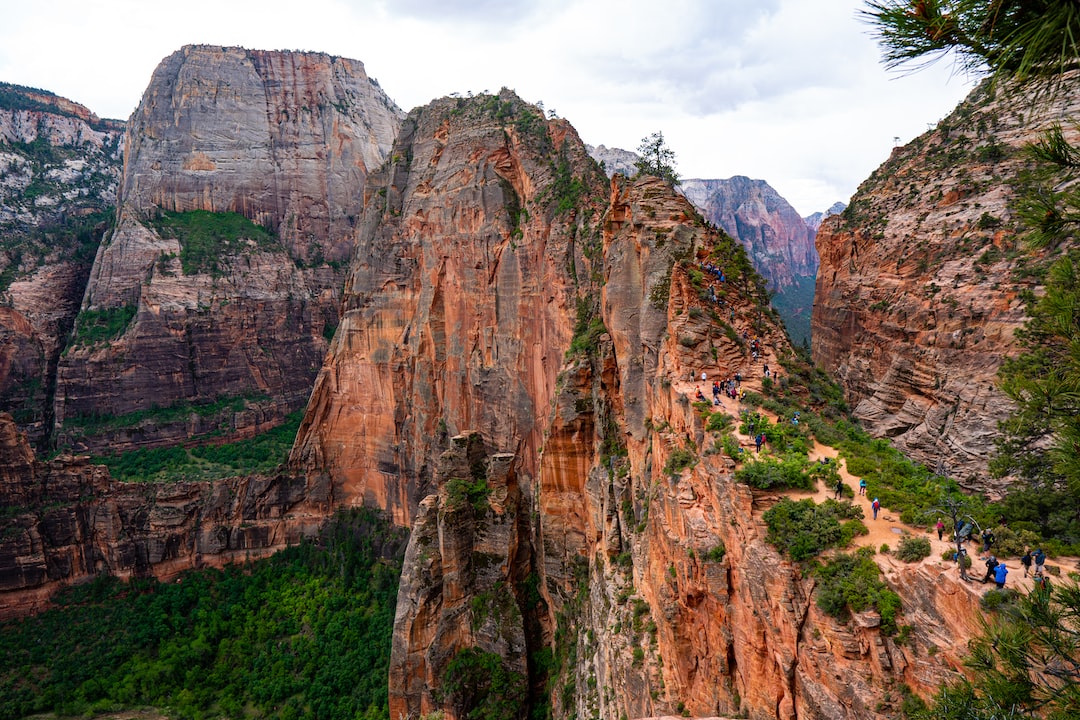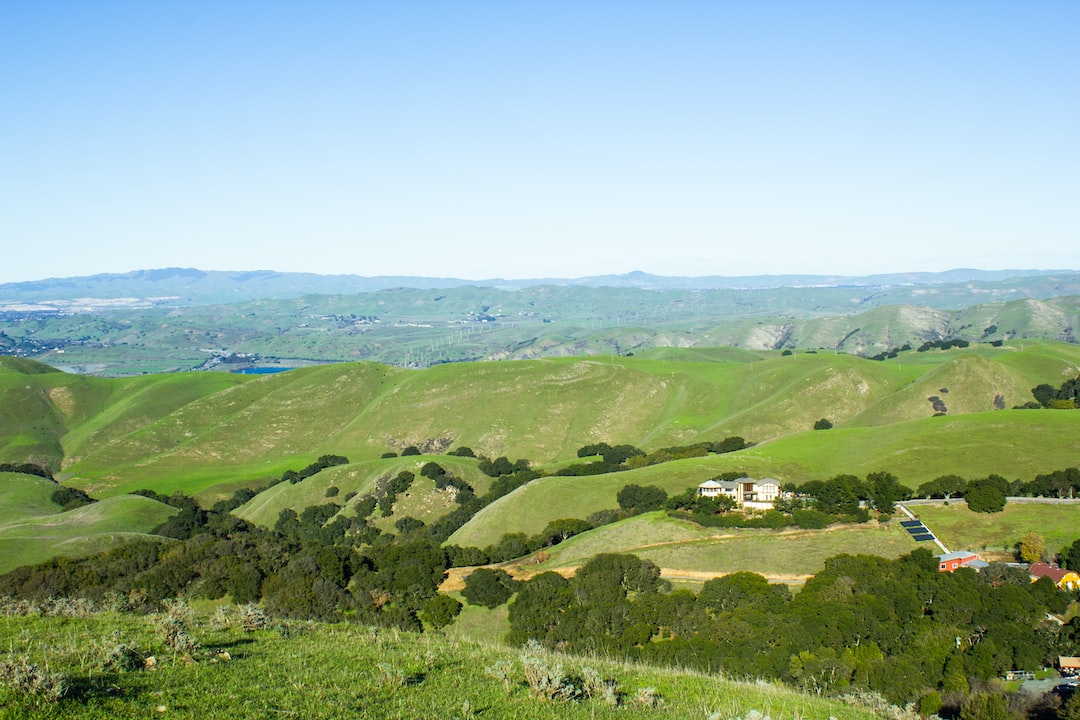Heading out to the mountains this weekend on a hike? Hiking is a well-loved outdoor activity that aside from being great fun has many major benefits from helping you focus better to improving your fitness level.
Hiking allows you to unplug, explore the world around you and reach neigh heights – mentally and physically! In this guide, I run over some of the most important hiking tips to make your adventure safe and more fun – from bringing the right amount of water to wearing the right footwear.
1. Steady Pace
Hiking is more sustainable over the duration of the day or your backpacking trip when you set a steady pace. Hit the trail too fast and you may be exhausted by the end of the day and suffer muscle cramps.
A great way to set a steady pace is to use hiking poles – which will provide more traction, activate more muscles and allow you to cover more miles per hour.
2. Carry Enough Water
Water is essential to the human body. As a general rule, you’ll want to consume between 0.5-1 liter (2-4 cups) of water for every hour of hiking. This goes up or down depending on your size, the climate and the intensity of the hike. The more you hike the more you’ll be able to predict your water needs – but it’s important to carry a bit too much than not enough.
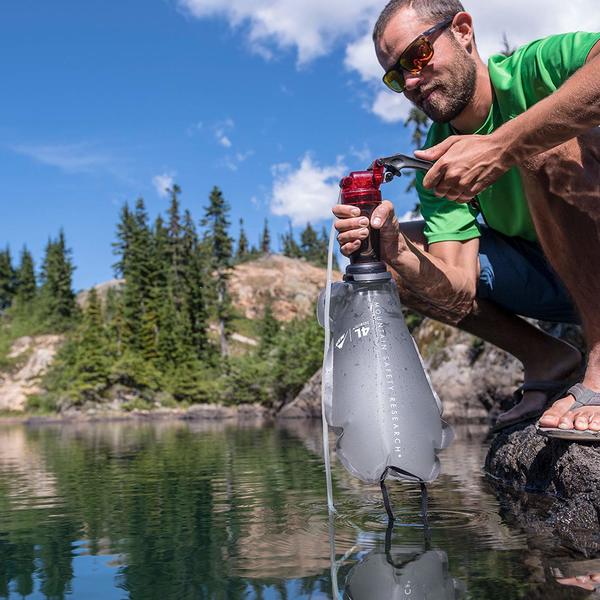 If you’re dehydrated, your hike won’t be as fun, you won’t be moving as fast and it could pose dangerous in hot climates. For a 5 hours hike aim to carry around 2.5-5 liters of water. Water is not light and it makes up one of the heaviest items in your pack (weighing 1kg per 1liter).
If you’re dehydrated, your hike won’t be as fun, you won’t be moving as fast and it could pose dangerous in hot climates. For a 5 hours hike aim to carry around 2.5-5 liters of water. Water is not light and it makes up one of the heaviest items in your pack (weighing 1kg per 1liter).
A great way to have plenty of water to drink and to keep the weight down is to bring your own portable water filter. If there are rivers and creeks or water points along the length of your hike then you can stop and refill your bottles. (Be aware that water sources often dry up in the summer – only rely on water point that you can be sure exist).
3. Wear the Right Footwear
Hiking involves thousands of foot placements on uneven terrain. From wide open trails to steep rocky inclines, your feet will twist and absorb impacts throughout the day.
When it comes to wearing the right footwear you have a choice of hiking sandals, barefoot boots (thin soles), traditional large hiking boots or the ever popular trail runners.
Hiking boots are bigger and provide more support and protection against sharp rocks – but are also heavier. Many hikers love to use trailer runners which have great grip, are much lighter and more flexible.
Trail Runners are:
- Lighter
- More Flexible
- Dry quicker
Hiking boots are:
- Heavier
- Offer more protection
- Provide more support
Whichever boots you choose, get a good quality pair that will last you at least many miles on the trail. Expect to get 400-500 miles from trail runners and 500-900 miles from hiking boots.
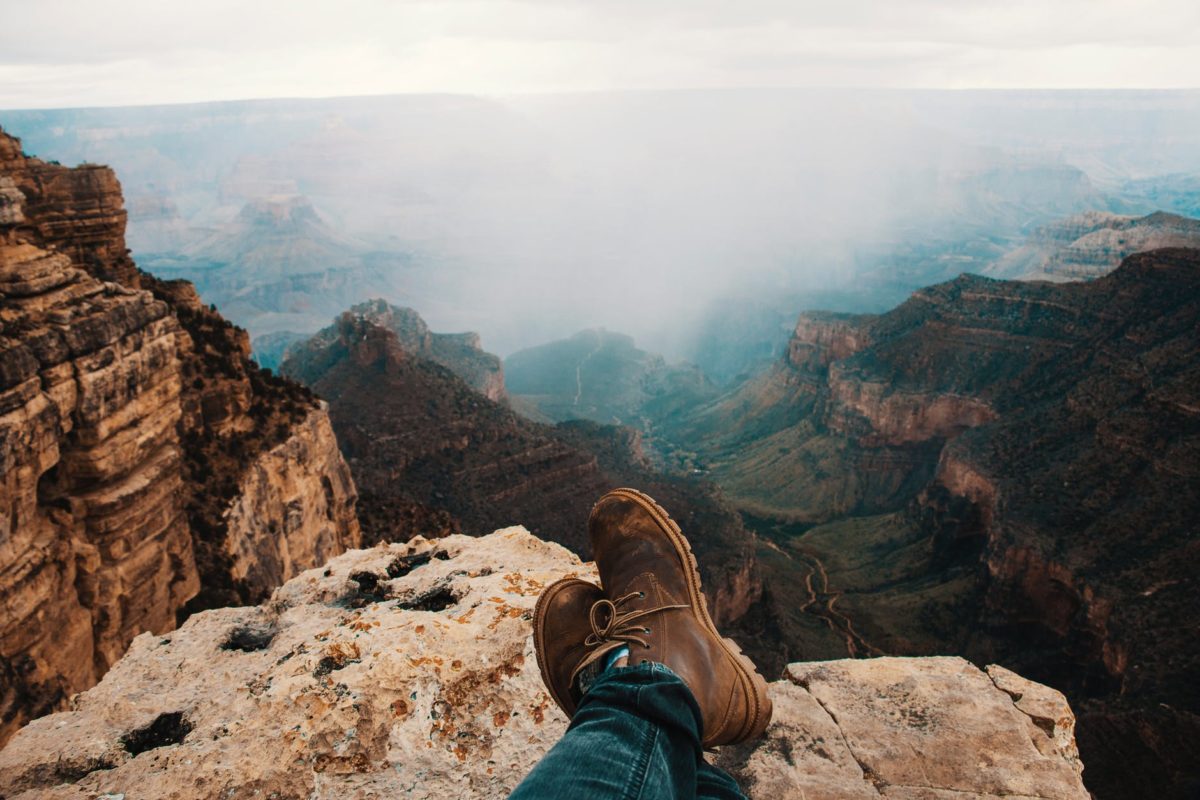
4. Pack Light
When you head out on the trail your backpack hold your water, food, extra clothing and other essential supplies you might need on your trip. If you overload your pack, you’ll suffer fatigue much faster and you’ll likely cover fewer miles or be exhausted.
As a general rule, you should aim for your pack to weigh no more than 10% of your body weight for day hikes and no more than 20% for backpacking trips over multiple days. To save weight, pack only the gear you need and bring a portable water filter to collect water along your walk.
5. Fuel Up
Hiking burns between 4-500 calories per hour depending on your size and metabolism – so it’s important to stay fueled up on high energy foods to keep you going.
Bring plenty of high-calorie foods and if you’re on a multi-day trip bring a portable camp stove with you so you can heat up food pouches or cook fresh meals over a flame. Hot foods tend to be more calorie rich and taste much better at the end of a long day.
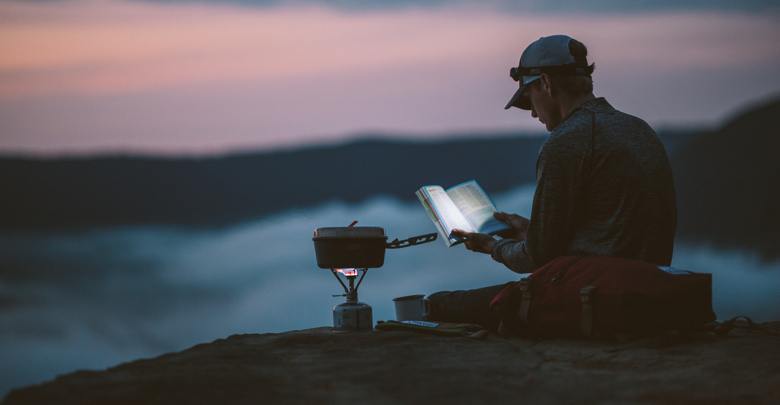
6. Leave No Trace
There’s at least one reason being outdoors away from city life is so rewarding- you’re fully immersed in nature without all the pollution of urban life. It’s every hiker’s responsibility to be mindful of their impact and leave nothing behind.
The Seven principles of Leave No Trace set up a great framework to follow – from disposing of water properly to minimizing the impact of campfires.
7. No Jeans
Jeans are heavy and restrictive. When you’re hiking over long distances choose a lightweight and breathable pant or pair of shorts that give you a full range of movement to flex your legs.
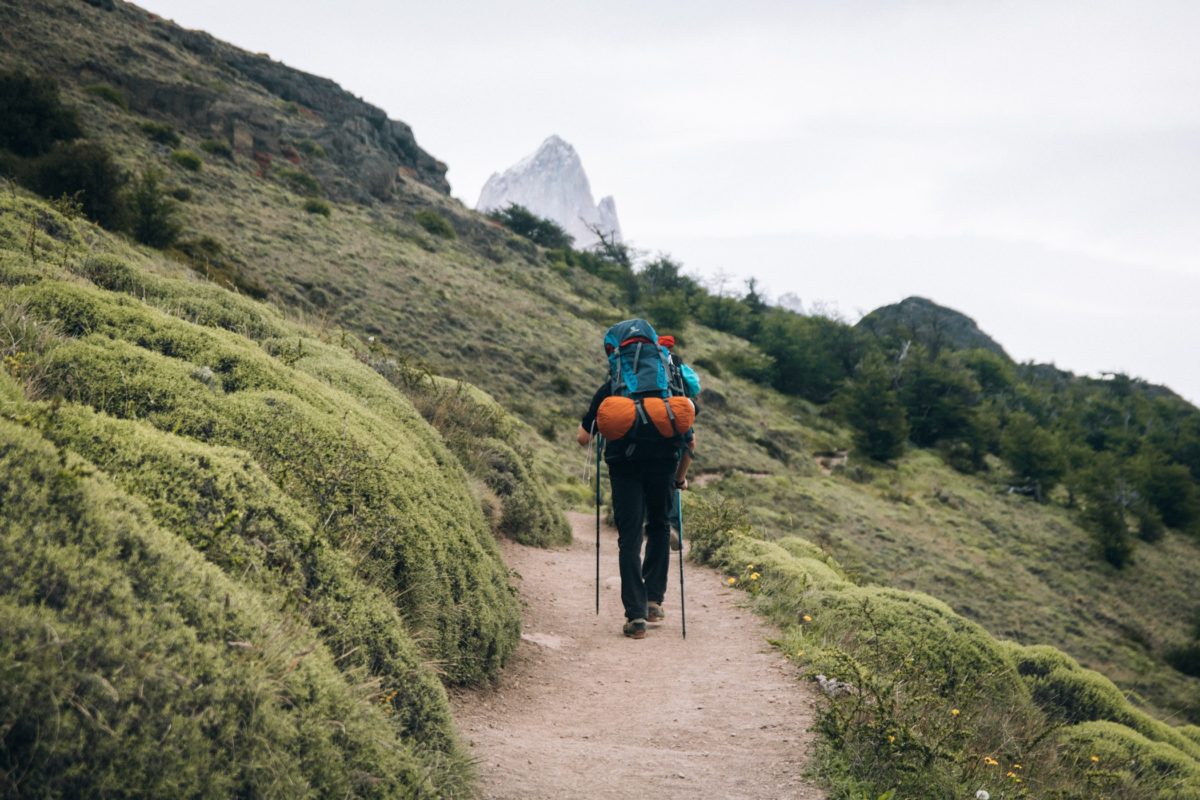
8. Know The Weather
Checking the weather ahead of times helps you plan your hike and bring the right clothing. That said, the weather is not always easily predictable and the higher you climb the faster clouds and cold weather fronts can roll in. In 30 minutes the weather can change by 30° degrees!
If there is any chance of rain always bring a raincoat to keep your warm clothes dry and when hiking even in clouds sun cream is essential for most to avoid the effects of strong UV radiation.
9. Tell a Friend
Whether you’re heading out alone or with a group of friends its a really helpful to your safety if you let someone else where you’re planning to go and how long you expect to be. If you don’t return that person can then try to establish contact or send out emergency rescue to find you – in case you’re in danger or trapped out somewhere in a storm.
Telling a friend gives you more piece of mind knowing that you’re not out in the outback alone and that if the worst were to happen or you need help – there is a much greater chance of that help reaching you and getting you out of the sticky situation.
10. Pack the Essentials
The 10 essentials are items you should pack to be safe when outdoors in the wilderness with the potential to be out overnight. This list does depend on how remote you’re going, the climate and your hiking plan – but as a general guide their provide a great basis for planning most hikes.
Here is the list of essentials to pack:
- Navigation (map & compass)
- Insulation (extra clothing)
- Sun protection (sunglasses & sunscreen)
- Illumination (headlamp/flashlight)
- Fire (waterproof matches/lighter/candle)
- Emergency shelter (tent/plastic tube tent/garbage bag)
- Repair kit and tools
- First-aid supplies
- Water (and a way to purify it)
- Food (and a way to cook it)
Final Thoughts
Hiking is great fun and one of the most accessible outdoor activities you can do as a family or group of friends. When you first start out you don’t need much equipment other than a comfortable pack (with good back and shoulder support), clean drinking water, protection and a way to navigate.
If you’re going somewhere more remote or away from other people then be sure to have everything you need from the essentials list above.

